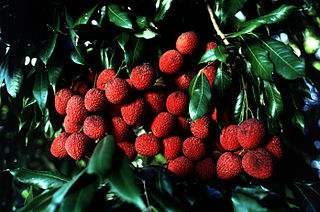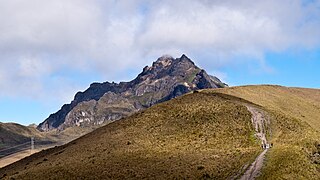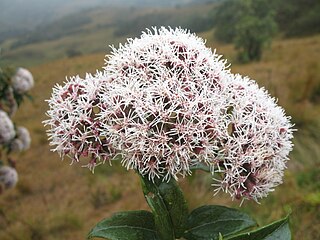
Elbridge Thomas Gerry was an American politician and diplomat. As a Democratic-Republican he served as the fifth vice president of the United States under President James Madison from March 1813 until his death in November 1814. The political practice of gerrymandering is named after him.

Antonio de Ulloa y de la Torre-Giralt, FRS, FRSA, KOS was a Spanish naval officer, scientist, and administrator. At the age of nineteen, he joined the French Geodesic Mission to what is now the country of Ecuador. That mission took more than eight years to complete its work, during which time Ulloa made many astronomical, natural, and social observations in South America. The reports of Ulloa's findings earned him an international reputation as a leading savant. Those reports include the first published observations of the metal platinum, later identified as a new chemical element. Ulloa was elected as a Fellow of the Royal Society of London in 1746, and as a foreign member of the Royal Swedish Academy of Sciences in 1751.

Melicoccus bijugatus, genip, guinep, genipe, ginepa, kenèp, quenepa, quenepe, quenette, chenet, talpa jocote, mamón, limoncillo, canepa, skinip, kinnip, huaya, or mamoncillo, is a fruit-bearing tree in the soapberry family Sapindaceae, native or naturalized across the New World tropics including South and Central America, and parts of the Caribbean. Its stone-bearing fruits are edible.

The Sapindaceae are a family of flowering plants in the order Sapindales known as the soapberry family. It contains 138 genera and 1858 accepted species. Examples include horse chestnut, maples, ackee and lychee.

The genus Aesculus, with varieties called buckeye and horse chestnut, comprises 13–19 species of flowering plants in the soapberry and lychee family, Sapindaceae. They are trees and shrubs native to the temperate Northern Hemisphere, with six species native to North America and seven to thirteen species native to Eurasia. Several hybrids occur. Aesculus exhibits a classical Arcto-Tertiary distribution.

Pichincha is an active stratovolcano in the country of Ecuador. The capital Quito wraps around its eastern slopes.

Melicoccus is a genus of ten species of flowering plants in the family Sapindaceae, native to tropical regions of northern and western South America.

Grias is a genus of flowering plants in the family Lecythidaceae, described by Linnaeus in 1759. It is native to northwestern South America, Central America, and Jamaica.
The French Geodesic Mission was an 18th-century expedition to what is now Ecuador carried out for the purpose of measuring the roundness of the Earth and measuring the length of a degree of latitude at the Equator. The mission was one of the first geodesic missions carried out under modern scientific principles, and the first major international scientific expedition.

Badilloa is a genus of shrubs and small trees in the sunflower family.
Grosvenoria is a genus of South American shrubs and small trees in the sunflower family. They are native to the Andes, from central Ecuador to northern Peru at elevations of 2,700 to 3,700 metres.
Kaunia is a genus of South American shrubs or small trees in the sunflower family. Its range is centered in Bolivia but it is also found in Argentina, southern Brazil, Peru and Ecuador.
The name is derived from the Greek word Ἑλικώνιος (helikṓnios) meaning Lobster Claws, another word for Heliconias. The second part is from the Latin word Excelsa, sometimes meaning tall, probably meaning "tall Lobster Claw" all together. Heliconia excelsa is a species of plant in the family Heliconiaceae. It is endemic to Ecuador. Its natural habitat is subtropical or tropical moist lowland forest. At its maturity, it can reach a height of 8' to 12' or 15' in full sun to half shade.
Handeliodendron bodinieri is a rare deciduous tree/shrub native to China and the only species in the monotypic genus Handeliodendron.

Oreocallis is a South American plant genus in the family Proteaceae. There is only one species, Oreocallis grandiflora, which is native to mountainous regions in Peru and Ecuador.

The 2013 South American Under-17 Football Championship was the 15th U-17 tournament for national teams affiliated with CONMEBOL. It was held in Argentina.

Pometia pinnata is a large tropical hardwood and fruit tree species, with common names including matoa, taun tree, island lychee, tava, of the plant family Sapindaceae.
Tagetes zypaquirensis is a Latin American species of marigolds in the sunflower family. It has been found in Central America, Colombia, and Ecuador.
Schefflera sodiroi is a species of flowering plant in the family Araliaceae. It is endemic to Ecuador.











